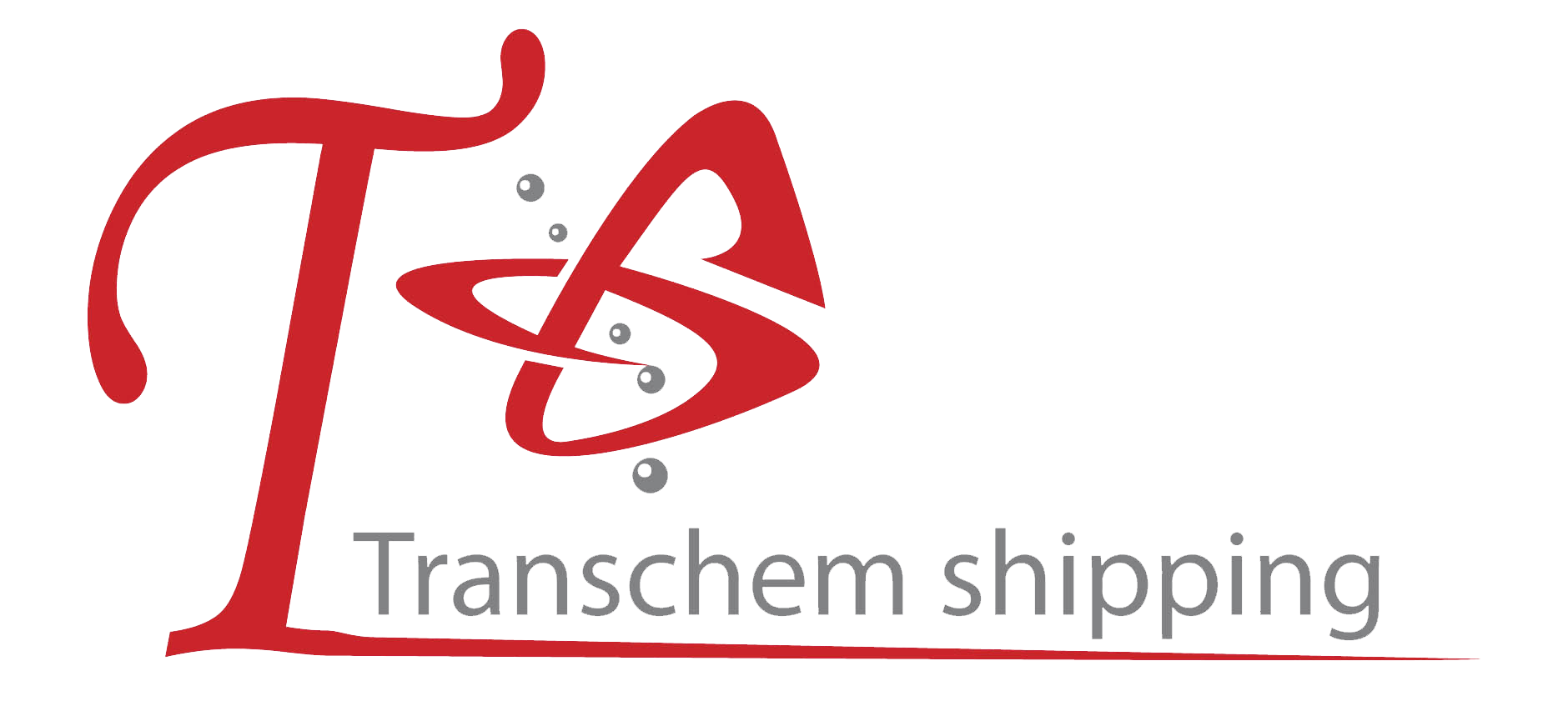The Ultimate Guide to Chemical Transportation Safety
The Ultimate Guide to Chemical Transportation Safety
Chemical transportation safety is a top priority for any company that deals with hazardous materials. This guide offers valuable insights and resources to help you navigate the complexities of chemical transportation.
Transporting hazardous chemicals can be a risky business, but it's a necessary part of many industries. Whether you're shipping chemicals by land, sea, or air, it's important to take the necessary precautions to ensure the safety of your employees, the environment, and the general public. This guide provides valuable information and resources to help you navigate the complexities of chemical transportation and ensure that your operations are as safe and efficient as possible.
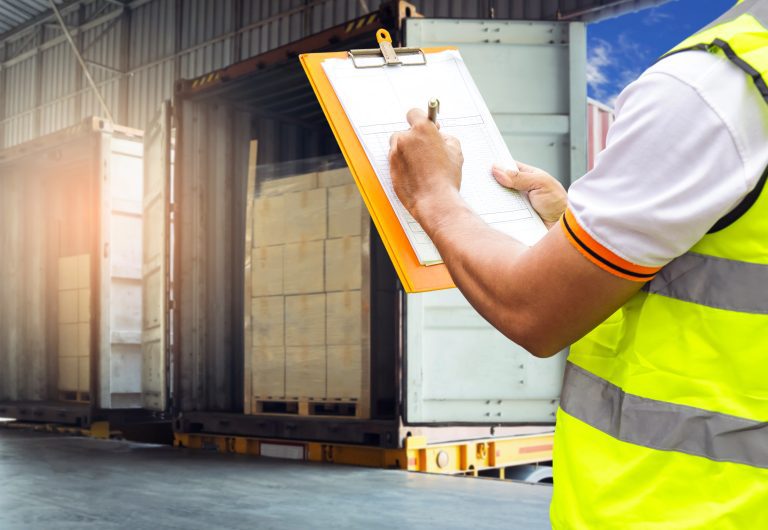



Understand the regulations and requirements
Before transporting any hazardous chemicals, it's important to understand the regulations and requirements that apply to your specific industry and location. This includes federal, state, and local regulations, as well as any international regulations that may apply if you're shipping chemicals across borders. Some key regulations to be aware of include the Hazardous Materials Transportation Act (HMTA), the International Maritime Dangerous Goods (IMDG) Code, and the International Air Transport Association (IATA) Dangerous Goods Regulations. It's also important to stay up-to-date on any changes or updates to these regulations, as they can change frequently.
Compliance Requirements for Chemical Transportation Companies
Compliance with safety regulations is not optional for chemical trucking companies. The DOT requires chemical transportation companies to have a Hazardous Materials Safety Permit (HMSP) if they transport certain hazardous materials in certain quantities. The HMSP is issued by the DOT after a thorough review of the liquid transportation companies safety record, safety management systems, and compliance with safety regulations
liquid transportation companies must also ensure that their vehicles, equipment, and personnel meet the DOT's safety standards. The vehicles used to transport hazardous materials must be designed and maintained to prevent leaks or spills. The equipment used to handle hazardous materials must be designed and maintained to prevent accidental releases. Personnel handling hazardous materials must be adequately trained and certified to handle hazardous materials safely.
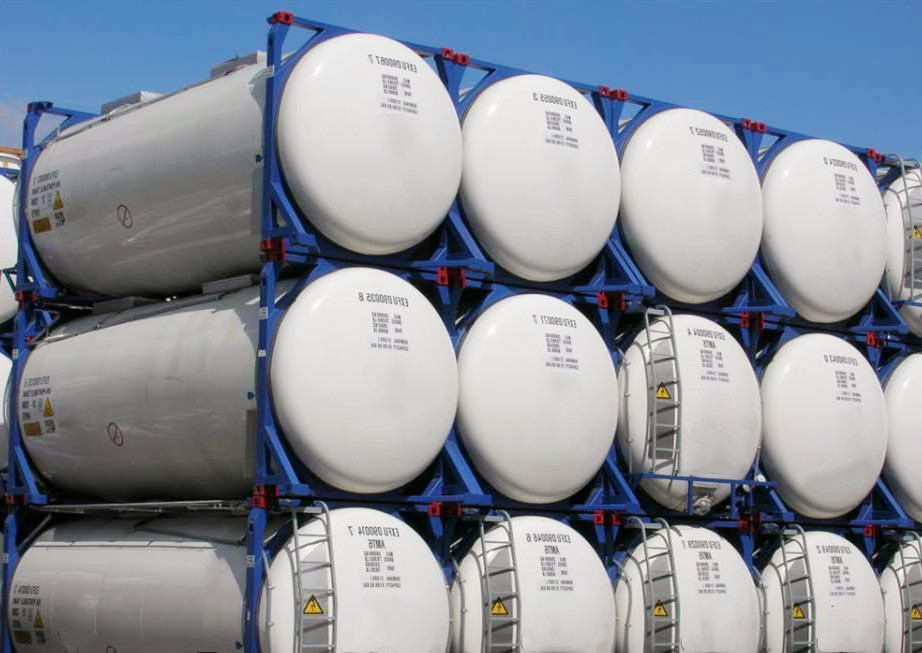

Safety Training for Employees
Chemical transportation companies must ensure that them receive adequate safety training for new employees before handling hazardous materials. The training should cover the handling, packaging, and transportation of hazardous materials, as well as emergency response procedures. The training should also cover the DOT's safety regulations and the company's safety management systems.
Employees who handle hazardous materials must be certified to handle the specific materials they are handling. The certification process involves training and testing to ensure that employees are fully knowledgeable about the specific materials they will be handling.
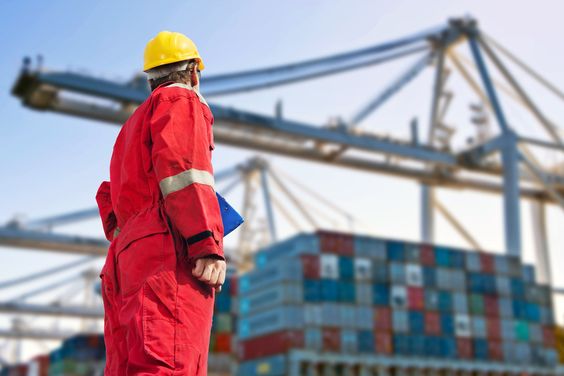



Chemical Handling and Storage Protocols
Chemical transportation companies must have protocols in place for the safe handling and storage of hazardous materials. These chemical handling procedures should be designed to prevent leaks, spills, or releases of hazardous materials. The protocols should also ensure that the hazardous materials are properly packaged and labeled for transportation.
The protocols should specify the proper storage conditions for each hazardous material, including temperature and humidity requirements. Chemical transportation companies should also have procedures in place for the safe loading and unloading of hazardous materials.
Vehicle Safety Standards and Maintenance
Chemical transportation companies must ensure that their vehicles meet the DOT's safety standards for the transportation of hazardous materials. The vehicles must be designed and maintained to prevent leaks or spills of hazardous materials. The vehicles must also be equipped with appropriate safety equipment, such as fire extinguishers and spill response kits.
Chemical transportation companies must also perform regular maintenance on their vehicles to ensure that they are in good working condition. Regular maintenance includes inspections, repairs, and replacement of worn or damaged parts.
Hazard Communication and Labeling
Chemical transportation companies must ensure that hazardous materials are properly labeled and communicated to all parties involved in the transportation process. The labels must include the proper shipping name, identification number, hazard class, and packing group. The labels must also include the name and address of the shipper and receiver.
The hazardous materials transportation must also be accompanied by a shipping paper that includes the same information as the label. The shipping paper must also include emergency response information in case of an accident.
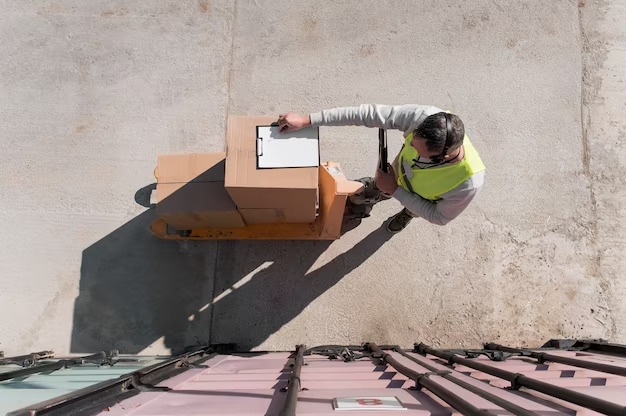

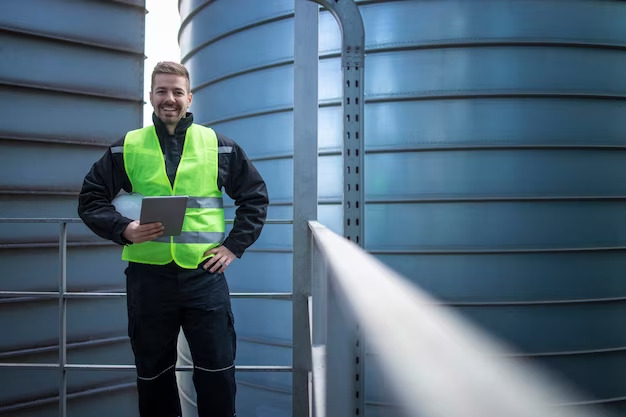

Emergency Response Planning
Chemical transportation companies must have an emergency response plan in place in case of an accident involving hazardous materials. The plan should include procedures for notifying the appropriate authorities, evacuating the area, and containing the spill or release.
The emergency response plan should also include procedures for providing medical attention to anyone who may have been exposed to the hazardous materials. Chemical transportation companies must also conduct regular emergency response drills to ensure that their employees are prepared to handle an emergency.
Best Practices for Ensuring Compliance
1. Regular training and certification of employees who handle hazardous materials.
2. Regular maintenance of vehicles and equipment used to transport hazardous materials.
3. Use of appropriate safety equipment, such as fire extinguishers and spill response kits.
4. Proper labeling and communication of hazardous materials.
5. Emergency response planning and regular drills to ensure preparedness.


Conclusion
hazardous materials shipping regulations is not optional for chemical transportation companies. These regulations are put in place to ensure the safe transportation of hazardous materials and prevent accidents that could harm people or the environment. Chemical transportation companies must take every necessary step to ensure compliance with these regulations, including proper training of employees, maintenance of vehicles and equipment, and emergency response planning. By following best practices, chemical transportation companies can ensure that hazardous materials are safely delivered to their intended destinations.
